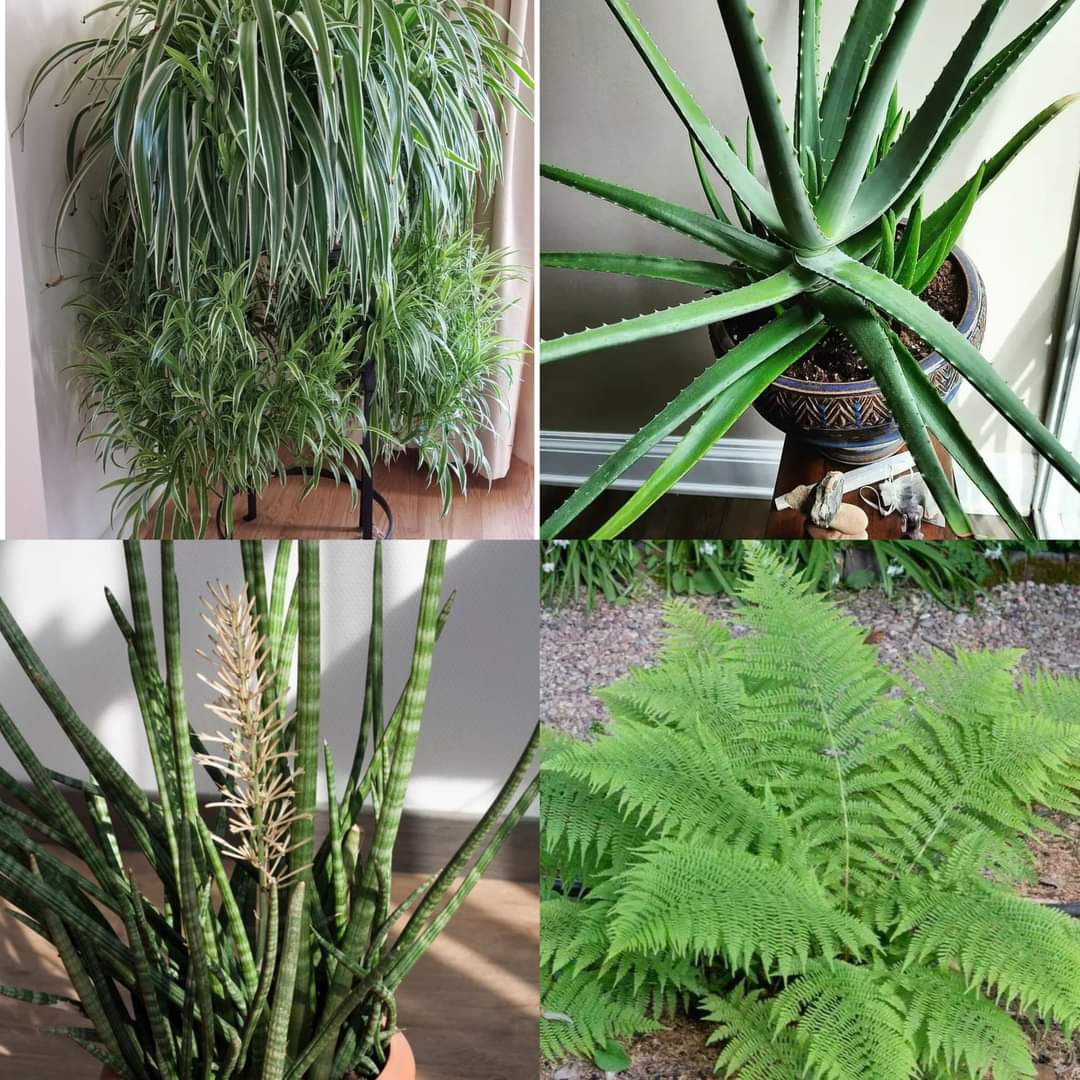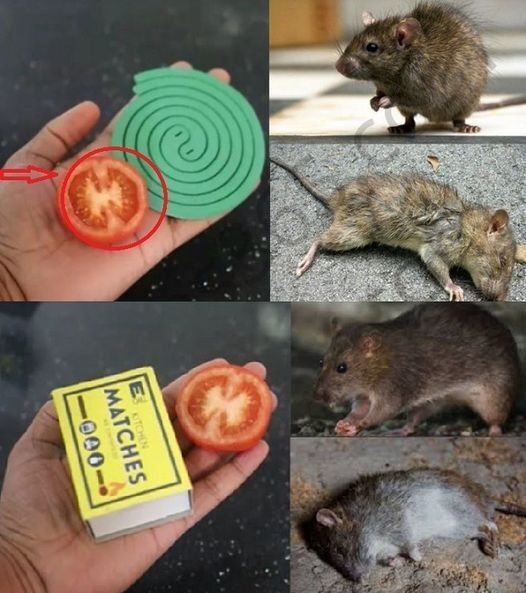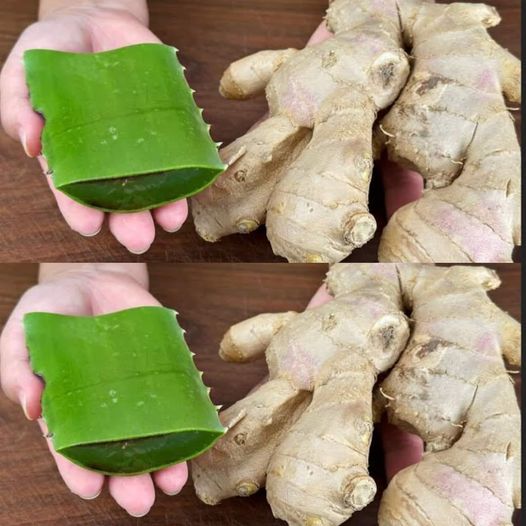Breathe Easy, Live Well: Top 5 Air-Purifying Plants for a Healthier Home

Our homes are our sanctuaries, but indoor air pollution can take a toll on our well-being. The good news? These top 5 air-purifying plants are not only lovely to look at, but they also act as natural filters, removing toxins and boosting indoor air quality.
Nature’s Champions: Unveiling the Power of Plants
-
Spider Plant (Chlorophytum comosum): This easy-to-care-for plant is a champion at removing pollutants like formaldehyde and benzene from the air. Plus, it produces spiderettes – baby spider plants – that cascade from the mother plant, adding a touch of whimsy to your space.
-
Snake Plant (Sansevieria trifasciata): This architectural wonder thrives on neglect and is a superstar at filtering out toxins like formaldehyde, toluene, and xylene. Bonus: Snake Plants also convert CO2 into oxygen at night, improving your bedroom air quality.
-
Peace Lily (Spathiphyllum wallisii): Known for its beautiful white flowers and air-purifying prowess, the Peace Lily tackles household toxins like ammonia, benzene, and formaldehyde. Keep the soil moist but not soggy for optimal performance.
-
Golden Pothos (Epipremnum aureum): This versatile vine tolerates lower light conditions and removes common toxins like formaldehyde and xylene from your indoor environment. Let the top inch of soil dry out between waterings for a happy Pothos.
-
Boston Fern (Nephrolepis exaltata): This lush fern adds a touch of the tropics to your home and effectively removes formaldehyde and xylene from the air. Maintain consistent moisture by misting the fern regularly or placing it on a pebble tray filled with water.
Bringing the Outdoors In: Tips for Plant Success
- Light Matters: Research each plant’s light requirements. Some, like Snake Plants, tolerate lower light, while others, like Golden Pothos, prefer bright, indirect light.
- Watering Wisdom: Overwatering is a common mistake. Allow the top inch of soil to dry out before watering most houseplants.
- Potting Power: Choose pots with drainage holes to prevent waterlogging. Consider repotting your plants every 1-2 years as they grow.
- Location, Location, Location: Keep humidity-loving plants like ferns grouped together and away from air vents or heating/cooling systems.





